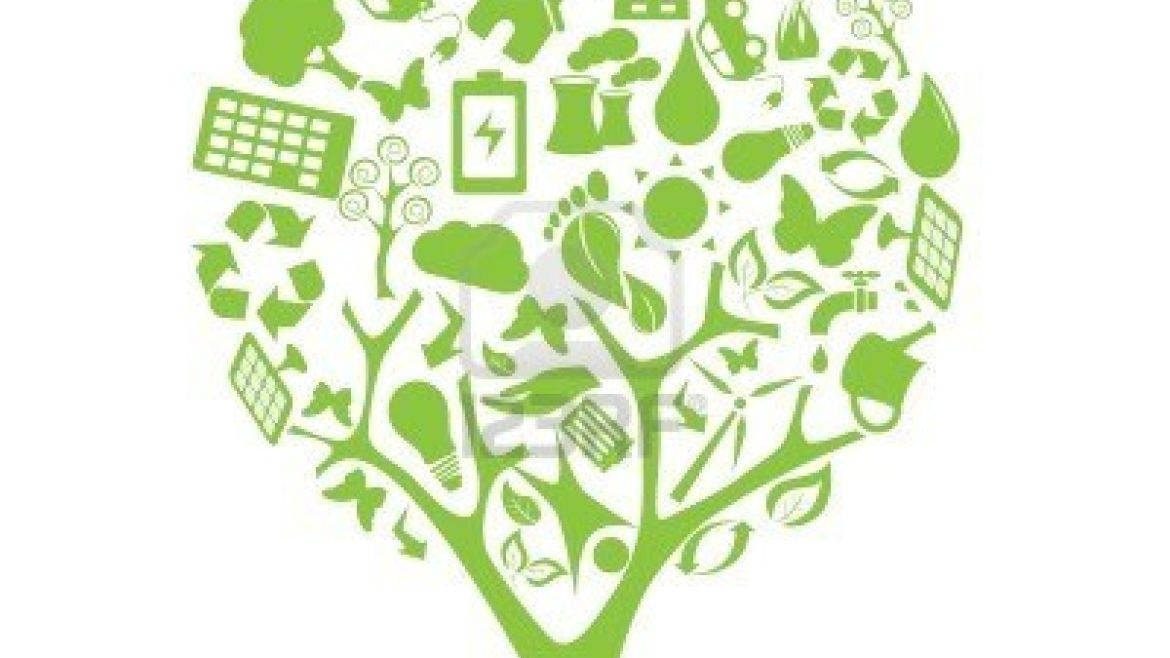The following is the 8th of the articles l am sending documenting that the transition from fossil fuels to a green energy economy is not some vague future pipe dream but is happening NOW. Personally coming from a career in the automotive business I am labeling these article as “Buckle Up” because the road ahead is changing fast. It could be bumpy but it will also be exciting. So, buckle up!—————————————In case you haven’t gotten the message yet here’s the news:Industry gets it. There is a sea change coming and it’s coming fast. A tsunami if you will. And it will drown you if you don’t pay attention. (i.e. keep an eye on your investment portfolio. Are you invested in public utilities? You may want to think about that.)Utility operators and stakeholders are finally recognizing, accepting and reacting to it the coming revolution. There are a myriad of challenges and problems that have to be addressed and resolved as we transition (faster than most people will believe) to green distributed energy.This has huge implications for how we receive and pay for energy. As less and less people use the electricity grid what does that mean for its viability and who DOES end up paying for it?More on this another time as this issue plays out. In the meantime, here’s what utility czars are seeing and doing.
UTILITIES:
Stakeholders see a ‘sea change’ in attitudes over business model
Rod Kuckro, E&E reporterPublished: Thursday, February 13, 2014The midwinter meeting of the nation’s utility czars ended yesterday with a surprising kumbaya moment when the lobby for investor-owned electric utilities and the Natural Resources Defense Council issued a joint statement in support of new state-level rate regimes that allow continuing expansion of solar power while keeping utilities financially whole and able to maintain the grid.
The agreement by the Edison Electric Institute and NRDC reflects a consensus that seemed to be jelling in real time over the course of the National Association of Regulatory Utility Commissioners’ five-day meeting.
In practical terms, the agreement may reflect two realities: resignation that the drive for cleaner energy technologies is here to stay, and that consumers are in the lead as they exploit technologies they can afford to put themselves in more control of their energy use.
“The old way of doing business, the centralized generator, the distribution company and the customer — that’s just not where the future’s going to be,” said David Cash, a commissioner with the Massachusetts Department of Public Utilities, just one day before the EEI-NRDC agreement.
“The utilities and regulators need to figure out what’s the business model that can make the utilities economically healthy players in this field at the same time that it gives the consumers all of the kind of benefits that we’re going to get from all of these new technologies,” Cash said in an interview.
At session after NARUC session, despite each one’s advertised focus on topics such as an integrated grid, energy efficiency or new business models, the conversation among the regulated, the regulators and stakeholders evolved into an emphasis on the need for détente.
“Rate design is where it’s at,” said Rob Caldwell, vice president for renewable generation development at Duke Energy Corp. “The key is to get a handle on what are utilities’ fixed costs and variable costs and design rates that reflect fixed revenue and variable revenue,” he said at one session.
Time-varying rates for customers could be one solution, said Janet Besser, vice president of the New England Clean Energy Council and a former regulator. “We have to do the analysis and know where the costs and benefits are,” especially when it comes to valuing energy efficiency and demand response, she said.
“There are ways that we can improve [utilities’] risk profile in terms of the mechanism of rate recovery. In our state, we have trackers [that collect from ratepayers a charge for specific utility spending], and that’s one way to reduce risk,” Cash said.
EEI softens its approach
“The electric power industry’s mission is to provide safe, reliable, affordable and increasingly clean electricity,” said EEI Executive Vice President David Owens. “Today utilities are partnering with customers, regulators and all stakeholders to transform the way they generate and deliver electricity. This agreement helps chart a path to success.”
It was just a year ago, in a landmark report on “disruptive challenges” facing the retail electric business, that EEI identified the “falling costs of distributed generation” such as solar panels and “political interest in demand-side management technologies” such as energy efficiency as threats to the long-established utility business model.
Within the year, to drive home its point, EEI was sponsoring television ads critical of state net-metering programs by raising the fact that under most net-metering designs, customers with rooftop solar panels get to sell their surplus electricity back to the utility, cutting their electric bills and as a result not paying as much for the upkeep of the grid as a nonsolar customer.
The campaign was widely criticized for pitting those who could afford solar against the majority of customers who cannot. That became an often-repeated argument by executives who fear an inexorable decline in power sales would erode their ability to serve what former Great Plains Energy CEO Michael Chesser described recently as the “higher purpose” to society inherent in a utility’s monopoly franchise to provide reliable electric service.
Time will tell if it’s really a ‘sea change’
“It’s been an effort of months done in anticipation of the NARUC meeting,” Ralph Cavanagh, co-director of NRDC’s energy program, said in an interview.
“I think it marks a sea change in the attitude in particular of the leadership of the utility industry regarding the promise of the technology revolution that energy efficiency and [distributed generation] represents.
“It is a very welcome expression of optimism about the role of the utility sector as a partner in making this happen, and that there’s a way forward that will work for everyone involved.”
Cash agreed. “It does feel to me like there is a big sea change happening, and that sea change is that [public utility commissions] and utilities are realizing this huge change in how energy is delivered, how it’s stored, how it’s priced [with] all of these new technologies that allow for information to be used and shared and pricing signals to be done correctly,” he said.
The agreement, which EEI and NRDC describe as following a 2008 joint campaign to encourage efficiency, calls for state regulators to “rethink how utility costs are recovered” and view retail distribution as a business that delivers energy services, not just electricity.
Among its eight recommendations are that “customers deserve the opportunity to interconnect distributed generation to the grid quickly and easily” through net-metering programs, and that “utilities deserve assurances that recovery of their authorized non-fuel costs will not vary with fluctuations” in electricity use.
“Obviously, this is not a mission accomplished moment — there’s a great deal to do at the state level to realize this promise,” Cavanagh said. “But I emerged from this process heartened at the likelihood that we’ll find a way forward together. It has to happen on a state-by-state basis, a lot more people have to be involved.”



